The Wall Street Jungle
$16.72
| Author(s) | |
|---|---|
| Format |
|
| Pages |
358 |
| Publication Year |
1970 |
Remember that supply and demand do not prevail on the securities exchanges; but Ney can help you beat the manipulators at their own game, and he tells how to sue the characters the SEC does nothing to protect you from, or indeed sue the Stock Exchange itself. Ney insists that market flux has nothing to do with basic economic conditions — true, up to a point.
Author’s Note:
Most of us enter the investment business for the same sanitydestroying reasons a woman becomes a prostitute: it avoids the menace of hard work, is a group activity that requires little in the way of intellect, and is a practical means of making money for those with no special talent for anything else.
With money one achieves status and power of a kind no other means can reach—which in itself would not be unworthy if the methods used to obtain it merited our respect. They don’t. It should not surprise us, therefore, that these methods are less than explicit; or that the interests of the Stock Exchanges are solely in their billion-dollar speculations, without regard to their social obligations or the needs of a legitimate auction market. There is a difference between what is legal and what is legitimate.
Once understood, this distinction illuminates an environment in which larceny hides its nakedness in the toggery of law and order, custom and routine. We find it in the no man’s land of rules and regulations that sanction Stock Exchange members’ manhandling of credit and of stock prices on behalf of their own speculations. Short selling, big block fees, special brokerage incentives, and the specialists’ investment and trading accounts, are only a few of the methods used to keep the members of the financial establishment established, at the expense of the individual investor.
Much that is painful in our society is due to the public’s belief in the cant of the Exchange’s chief organs of opinion. Indeed, hidden behind a fagade of pompous jargon and noble affectations, there is more sheer larceny per square foot on the floor of the New York Stock Exchange than any place else in the world. It is the legacy of a communal effort that has become a property right, handed down from father to son to grandson. It is sustained by the exclusive allegiance of its high priests to a tradition that wars against reason and that has become so powerful that anyone setting himself against it on behalf of a higher loyalty soon finds he has set himself against a power that is identical to that of government itself.
Clearly, the lunatic economics of this larceny appeal to the criminal. The story is told that after he had been deported to Italy, Lucky Luciano granted an interview in which he described a visit to the floor of the New York Stock Exchange. When the operations of floor specialists had been explained to him, he said, “A terrible thing happened. I realized I’d joined the wrong mob.”
Contents:
- The Specialist or The Legend of Big Brother
- The Specialist’s Book
- Mr. Smith Goes to Washington
- Specialists’ Investment Accounts or Sodom at the Bottom
- The Short Sale or When His Cup Runneth Over Watcheth Out
- A Telephone Call from Humpty-Dumpty or Mr. X of the SEC
- The Financial Elite or Measuring the Stock Exchange’s Economic Power
- The Paradox of the Federal Reserve System
- America Shall Rise Again or The Role of Stock Exchange Credit and the Morning After
- Gluttony on the Bounty or The Big-Block Myth in Exchange Folklore
- A Case in Point
- He Lived Apathy Ever After or Commissioner Saul’s Analysis of Specialist Activities Subsequent to President Kennedy’s Assassination
- The Era of American Political Impotence or Paradise Lost
- Under the Spreading Apathy or La Dolce Vita in the SEC
- The Merits of Speculation
- The Challenge
The Wall Street Jungle By Richard Ney pdf
10 reviews for The Wall Street Jungle
Clear filtersOnly logged in customers who have purchased this product may leave a review.

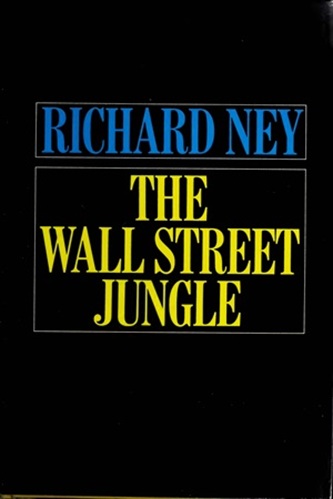
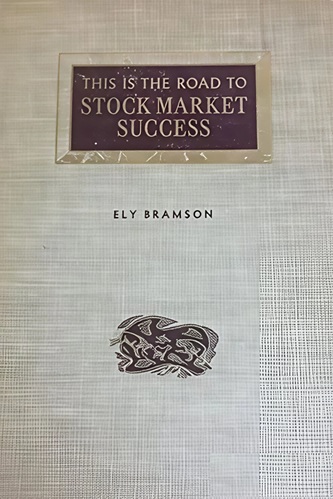
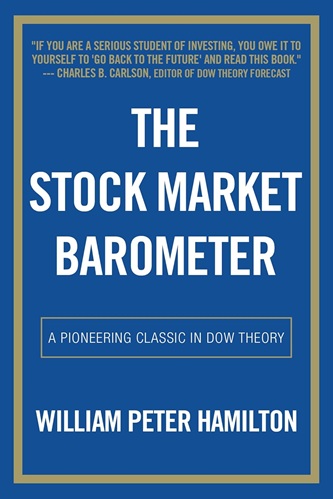
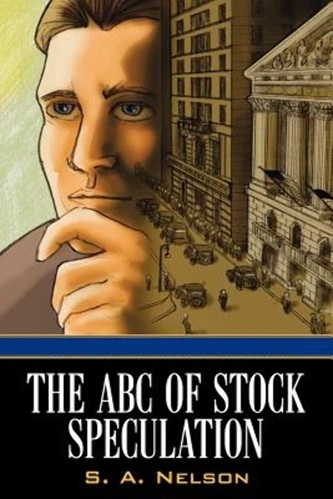
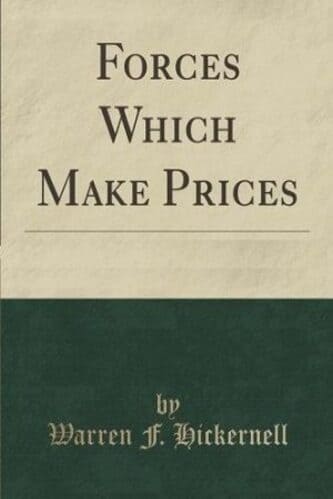
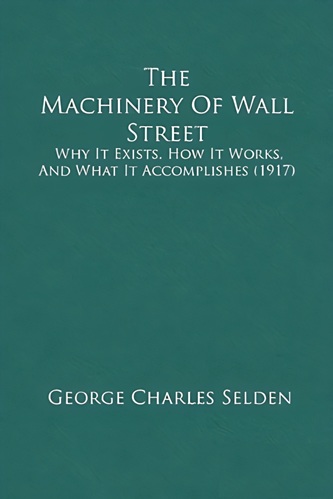
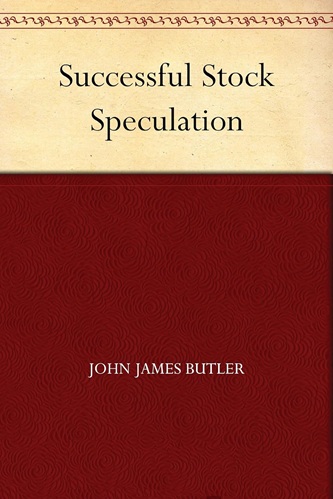
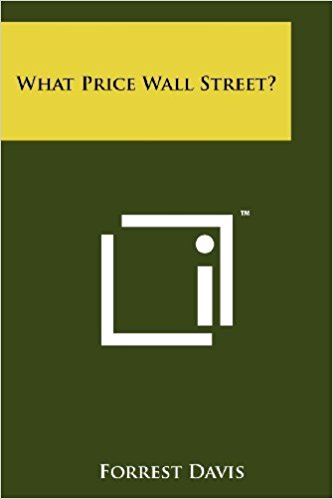
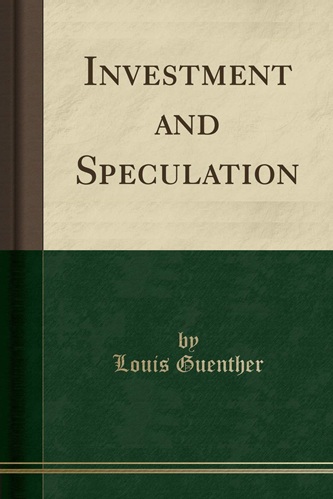
Miles Hodges (verified owner) –
An excellent book to learn the tactics and manipulations of Wall Street specialists. Knowing them is the first step to avoid falling into their clutches. Although it is written in the 70s, I think it is still relevant today.
Evangeline Collins (verified owner) –
How the stock market is really works and pulls back the curtain.
Beckham Armstrong (verified owner) –
One of the most revealing paragraphs in the whole book:
“When New York banks raise interest rates, a condition is created that makes it too costly for members of the public to finance stock purchases [ their money is better stored in a savings account where is accrues interest at no risk].
This then leaves the stock that is being sold at the bottom of the market for the benefit of the Stock Exchanges– and the banks. Another important aspect of the rise in interest rates as stocks move toward their lows is that it preserves a buying reserve. When stocks move toward their highs, interest rates will be lowered in order to attract this potential reserve of buyers into the market. Stock Exchange members and the bankers themselves will no longer need so much credit since they once again will be liquidating their portfolios and their credit carrying charges.”
Cade Montgomery (verified owner) –
I love books that expose Wall Street’s ways. My review is more historical in how Ney’s great book fits with another giant who also took on Wall Street’s gambling habits, Jack Bogle, founder of the Vanguard Group and the creator of the indexing strategy. Richard Ney was ahead of many financial authors and thinkers and should be given more credit for helping investors understand and address how Wall Street works for its interests over investors.
This besting selling book introduced transparency of the inner workings of Wall Street. He documented with huge amounts of data how the insiders, the specialists, make money simply because they are in “the right place at the right time” with a “monopoly of information” about millions of trades. Ney said the individual investor doesn’t have a fighting chance. We end up paying for the specialist short selling, big block fees, special brokerage incentives and a myriad of other hidden and despicable, but legal methods which fatten Wall Street’s pockets.
Forty-four years after this book was published, the computer replaced human beings. This development didn’t help ordinary investors, it brought up another contemporary challenge not unlike what the specialists did decades ago. Does speed trading help the individual investor and for that matter our financial system and society? Ney would say no because it is still favors a few people who intervene between buyers and sellers of securities. The computer does all the work, but the fraction of a cent per trade that is deducted by somebody adds up. Ney would ask the same question he asked about the specialist’s interventions: How does speed trading with the associated costs benefit the average investor and society? What exactly is this individual doing stealing a fraction of a cent or our money in my trades and the entire political, legal and political system lets them get away with this? Ney said this similar activity of what the specialists did in Ney’s day is a form of larceny.
Jack Bogle and Ney shared this simple concept: corporate earnings, dividends, future prospects of the company and Gross Domestic Product (GDP) produce investment growth. Any investment strategy or product that claims to beat the above basic corporate growth parameters is pure speculation and gambling. Creating clever trading algorithms or exploiting legal loopholes for the sole purpose of squeezing more returns than what corporate America offers (dividends, earnings, future prospects and GDP) does not benefit our financial system, our economy, individual investors or society. Capitalism does best producing a good or service which the public demands and needs, which benefits all while making a legitimate profit. Both men equated these speculative maneuvers as unethical and harmful to the investing public and the financial system because of its costs, risks and gambling characteristics (2008 financial debacle is a prime example).
Ney’s most controversial and courageous recommendations were to regulate all the hidden operations of the stock exchange to control it like our regulated public utilities, gas, water and electricity. Can you imagine the richest and most powerful entity in the history of civilization succumbing to tighter regulations? Ney says the stock exchanges provide a public need, but the unseen and unknown operations are not in the public interests. If you are going to brag about “open market,” open it up for all to see! Investors cannot make good decisions when so much of the information investors need is obscured.
Ney was aware that our political system is not going to take on his regulatory recommendations given the nature of our political system. His letters to Wall Street and the politicians asking for change resulted in 100% push back from both. Even 45 years ago Wall Street’s weight into our political process was in full court press: a cabinet secretary (Secretary of the Treasury), Securities and Exchange Commission Chairperson and the Federal Reserve Board members including the powerful Chair are from Wall Street’s biggest and most influential banks and brokerage firms. Let’s never forget the hundreds of millions of dollars of campaign money to elect politicians friendly to Wall Street and the most recent Citizen’s United supreme court decision unleashed a permanent and secretive pouring of campaign contributions from the richest and most powerful people on earth to purchase our democracy.
Bogle was also in favor of regulations. He is so adamant against excessive trading that he proposed a small tax on trades in an interview on CNBC! The Wall Street guests opined loudly “OH NO!” they were so upset with Bogle’s comment.
Building on what Ney started, Bogle’s entire career was to inform the investor much of what Ney said about Wall Street but it was Bogle who created an ingenious product. In 1976, he launched the low cost S&P 500 index and created the Vanguard Group, which now is the largest most prominent investment company in the world. Vanguard’s philosophy fits the investors needs over Wall Street’s greed. His index and Vanguard simply skirts Wall Street’s self-interested and expensive trading culture. The millions of Vanguard clients rarely trade and the investment costs are low. Vanguard’s investment philosophy from the beginning has always been client centered with low cost, long-term and broadly diversified investments.
The corporate media, financial talking heads, remain perplexed about why the trading volume is historically low. Come on media! I guess they don’t get it. Take a look at these facts. $6.5 trillion in assets is out of Wall Street’s expensive, commission-laden greedy hands: Vanguard’s $3 trillion, Tiaa Cref half-trillion and 3 trillion in money market/fixed accounts which totals $6.5 trillion! This tremendous amount of money is rarely gambled on Wall Street, so the trading volume will be lower than years past when more assets were available for Wall Streets uncontrolled trading frenzies. This is great news for us buy and hold, long-term thinking investors.
Ney tried to educate the investing public with his two follow up books on how we might turn the specialists’ exploitation into our exploitation (I did not read the follow up books). IMO, Ney made investing more complicated and overly risky. Ney’s charting analyses was complicated and to follow the daily trading volumes on which sector might go up is not just wrong, but grueling, demanding and time consuming. But, Ney’s heart was in the right place for us average investors. At the time it was the only option he could find was to piggyback on that terrible existing system.
Bogle finished what Ney started by streamlining and simplifying the investing process, increased returns, reduced risk, with much less time and energy, and most important of all, Bogle skirted Wall Street’s greedy hands.
I thank Richard Ney in this book and John Bogle’s massively successful indexing strategy and his mutual fund company, Vanguard Group. These two great men made huge contributions in the thinking and knowledge evolution of regular investors to keep our money away from Wall Street croupiers and into our pockets!
Salem Santiago (verified owner) –
One of the foundations for any stock trader
Joe McCarthy (verified owner) –
Very good.
Presley Beil (verified owner) –
Nothing still compares to Ted Warrens book. I needed to read other books to compare stock trades. Also review the differences
Selena Michael (verified owner) –
I’ve always believed that there are two things behind everything that gets done on Wall Street and in government. There’s the excuse they give you, then the reason. The excuse for the markets existing is that they provide a way for producers to hedge risk and to acquire working capital. True. This happens. But the real “reason” for the markets is to separate little guys like you and me from our money. The book is dated, but what he has to say is still applicable today.
Ariel Marshall (verified owner) –
Here…. finally is the answer to all the strange things that go on, on Wall Street. i.e. Why a stock price goes DOWN when GOOD news comes out about the company and visa versa why the stock price goes UP when BAD news comes out about it such as the silly statement… “Wellll, the Bad news was not as bad as originally projected”. Duhhhh!
The “Wall Street Jungle” shows with facts and great research as well as examples of who is really behind the movements both up and down and the “Insiders” who benefit themselves at the expense of the Investors they are supposed to be protecting. Great Job.
Adalyn Stephenson (verified owner) –
The book is a must read for anyone who has no ability to see through the Wall Street trap. As the author says the only people who have any chance to make money on a consistent basis on Wall Street are those who know and invest in at least one of the floor traders. I once even heard some inside information, nearly ten years ago from an older woman as we were waiting for a meeting at the Chicago Council on Global Affairs. I was not surprised she acted as if this happens all the time. There are people attending those meetings who own LaSalle Street, Chicago’s Wall Street. They own the land the Board of Trade sits on, of course they may need some ready cash right away.